Maya News Updates 2009, No. 15: Penn Museum, Philadelphia - Exhibition: "Painted Metaphors: Pottery and Politics of the Ancient Maya"
Yesterday, April 7, 2009, the online version of the University of Pennsylvania newsletter Almanac posted a one page report on the current exhibition "Painted Methaphors: Pottery and Politics of the Ancient Maya". Below follows the first part of the report (edited by MNU) (photo: Chama Vase, Penn Museum Collection):
 Painted Metaphors: Pottery and Politics of the Ancient Maya - A world-renowned collection of ancient Maya painted pottery, excavated by the University of Pennsylvania Museum nearly a century ago and reinterpreted in light of recent research in the field, provides the centerpiece for Painted Metaphors: Pottery and Politics of the Ancient Maya, a new exhibition now at the Penn Museum.
Painted Metaphors: Pottery and Politics of the Ancient Maya - A world-renowned collection of ancient Maya painted pottery, excavated by the University of Pennsylvania Museum nearly a century ago and reinterpreted in light of recent research in the field, provides the centerpiece for Painted Metaphors: Pottery and Politics of the Ancient Maya, a new exhibition now at the Penn Museum.
Painted Metaphors runs through January 31, 2010, before beginning a multi-city national tour. The new exhibition at the Penn Museum explores daily life during politically tumultuous times. Like so many pieces of the famous Chama pottery that conservators meticulously put back together at the Penn Museum, Painted Metaphors yields new clues to understanding everyday life—and changing politics—of the ancient Maya of Guatemala 1,300 years ago.
At the center of Painted Metaphors are almost two dozen recently conserved Maya painted vessels from Chama, a Maya village in the highlands far from the more sophisticated lowland centers of Maya culture. It was here that Penn Museum archaeologist Robert Burkitt discovered this brilliantly painted pottery, unlike anything else the region had ever produced. Why were these ceramic cylinders, painted with elaborate scenes, made in this out of the way spot?
Exhibition curator Dr. Elin Danien, research associate at the Penn Museum, provides a provocative explanation: these are Painted Metaphors, or pictorial narratives, reflecting the sudden introduction of people and ideas from the lowlands of the Maya world
The exhibition includes a rare focus on the ordinary Maya, with material that reflects the ancient way of life—more than 150 ancient artifacts, including figurines, jade carvings, musical instruments, weaving implements, burial urns, cave offerings, and more. Additionally, the exhibition features photos and video of Maya life in the village of Chama today. [...]
Yesterday, April 7, 2009, the online version of the University of Pennsylvania newsletter Almanac posted a one page report on the current exhibition "Painted Methaphors: Pottery and Politics of the Ancient Maya". Below follows the first part of the report (edited by MNU) (photo: Chama Vase, Penn Museum Collection):
 Painted Metaphors: Pottery and Politics of the Ancient Maya - A world-renowned collection of ancient Maya painted pottery, excavated by the University of Pennsylvania Museum nearly a century ago and reinterpreted in light of recent research in the field, provides the centerpiece for Painted Metaphors: Pottery and Politics of the Ancient Maya, a new exhibition now at the Penn Museum.
Painted Metaphors: Pottery and Politics of the Ancient Maya - A world-renowned collection of ancient Maya painted pottery, excavated by the University of Pennsylvania Museum nearly a century ago and reinterpreted in light of recent research in the field, provides the centerpiece for Painted Metaphors: Pottery and Politics of the Ancient Maya, a new exhibition now at the Penn Museum.Painted Metaphors runs through January 31, 2010, before beginning a multi-city national tour. The new exhibition at the Penn Museum explores daily life during politically tumultuous times. Like so many pieces of the famous Chama pottery that conservators meticulously put back together at the Penn Museum, Painted Metaphors yields new clues to understanding everyday life—and changing politics—of the ancient Maya of Guatemala 1,300 years ago.
At the center of Painted Metaphors are almost two dozen recently conserved Maya painted vessels from Chama, a Maya village in the highlands far from the more sophisticated lowland centers of Maya culture. It was here that Penn Museum archaeologist Robert Burkitt discovered this brilliantly painted pottery, unlike anything else the region had ever produced. Why were these ceramic cylinders, painted with elaborate scenes, made in this out of the way spot?
Exhibition curator Dr. Elin Danien, research associate at the Penn Museum, provides a provocative explanation: these are Painted Metaphors, or pictorial narratives, reflecting the sudden introduction of people and ideas from the lowlands of the Maya world
The exhibition includes a rare focus on the ordinary Maya, with material that reflects the ancient way of life—more than 150 ancient artifacts, including figurines, jade carvings, musical instruments, weaving implements, burial urns, cave offerings, and more. Additionally, the exhibition features photos and video of Maya life in the village of Chama today. [...]
For the complete report, just click here. Here you find two color photographs of two vessels exhibited. If you want a PDF of the Almanac issue, follow the links on the page (same vessels are illustrated, but the images are in black-and-white).







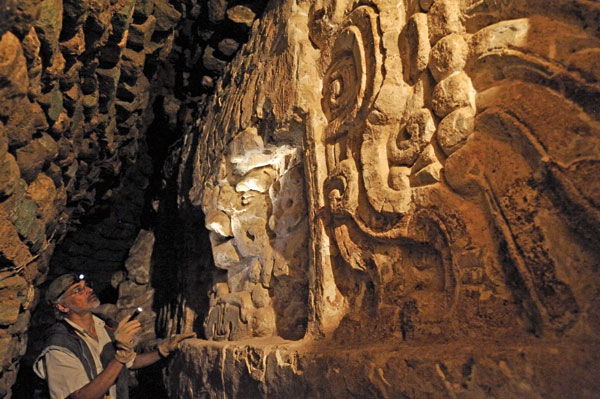
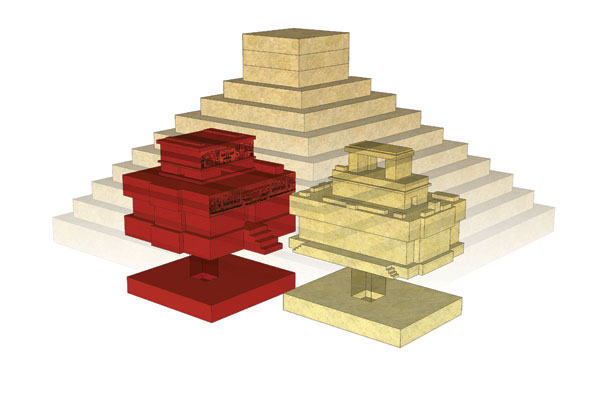
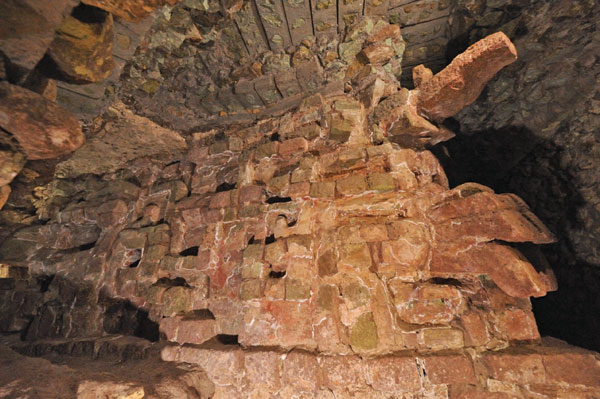





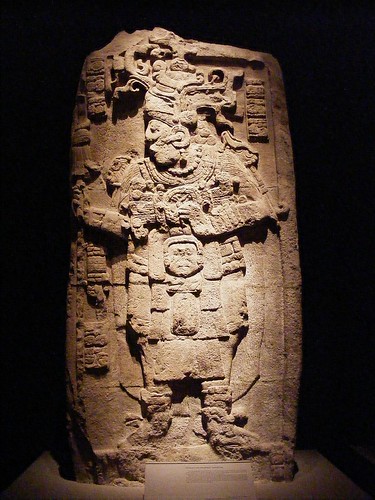


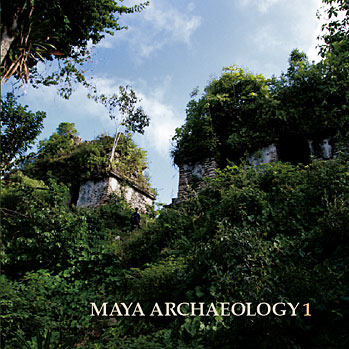









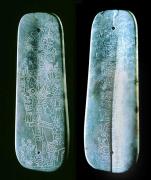
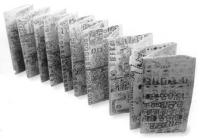

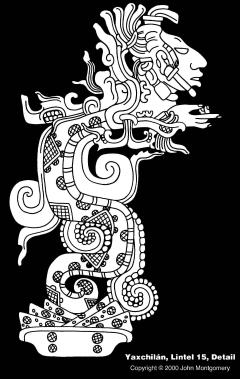

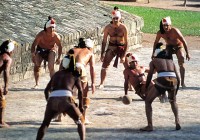


0 Comments:
Post a Comment
<< Home